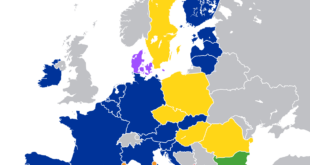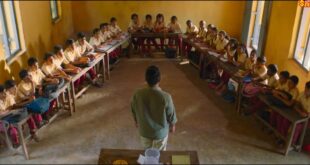- Recently, the World Health Organisation (WHO and United Nations Children’s Fund (UNICEF)jointly launched the first Global Report on Assistive Technology (GReAT).
- This report is the culmination of the 71st World Health Assembly resolution in 2018 to prepare a global report on effective access to assistive technology.
- The report assumes significance as 90% of those who need assistive technology do not have access to it globally, and including assistive technology into health systems is critical for progress towards the targets in the Sustainable Development Goals (SDG) relating to Universal Health Coverage (UHC).
Highlights of the Report
- More than 2.5 billion people need one or more assistive products, such as wheelchairs, hearing aids, or apps that support communication and cognition.
- A billion of them are denied access, particularly in low- and middle-income countries, where access can be as low as 3% of the need for these life-changing products.
- The number of people in need of one or more assistive products is likely to rise to 3.5 billion by 2050, due to populations aging and the prevalence of non-communicable diseases rising across the world.
- Also, affordability is a major barrier to access.
- A survey of 70 countries featured in the report found large gaps in service provision and trained workforce for assistive technology, especially in the domains of cognition, communication and self-care.
Assistive Technology (AT)
- AT is any item, piece of equipment, software program or product system that is used to increase, maintain or improve the functional capabilities of persons with disabilities.
Examples:
- Technologies and devices such as prosthetics, braces, walkers, special switches, special-purpose computers, screen readers and specialised curricular software.
- Universal assistive technology coverage implies that everyone, everywhere receives the AT that they need without financial or other hardships.
- Priority Assistive Products List launched by WHO in 2018 include hearing aids, wheelchairs, communication aids, spectacles, artificial limbs, pill organisers, memory aids and other essential items for the elderly and person with disabilities.
Magnitude of the Problem in India
- The 2011 Census puts the national estimate of the number of people with disabilities at 2.21% of the total population including persons with visual, hearing, speech, locomotor and mental disabilities with the majority in the 19-59 age group.
- The country’s disabled population increased by 22.4% between 2001 and 2011 census periods, the total population increased by 17.6%, however.
- Subsequent to the notification of the Rights of Persons with Disabilities (RPWD) Act in 2016, the 76th round (July- December 2018) of the National Sample Survey (NSS) reported that among persons with disabilities, 21.8% reported receiving aid/help from the government and another 1.8% from other organisations.
- The rapid Assistive Technology Assessment (rATA) is a tool developed by the WHO for national representative survey to measure unmet need for assistive technology, this shall provide granular evidence of the demand-side as and when it is available for India.
Need for a Health-Industry Interface
Upholding the UHC approach is necessary to ensure universal assistive technology coverage that will entail every citizen access to assistive technology they need without financial hardship.
The tasks include:
- production and provision of the entire spectrum of AT,
- integrating rehabilitative services as an essential strategy in long-term care,
- including rehabilitation at the primary health-care level, and,
- promoting community-based rehabilitation.
SOURCE: THE HINDU,THE ECONOMIC TIMES,MINT
 Chinmaya IAS Academy – Current Affairs Chinmaya IAS Academy – Current Affairs
Chinmaya IAS Academy – Current Affairs Chinmaya IAS Academy – Current Affairs



